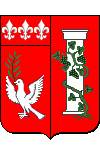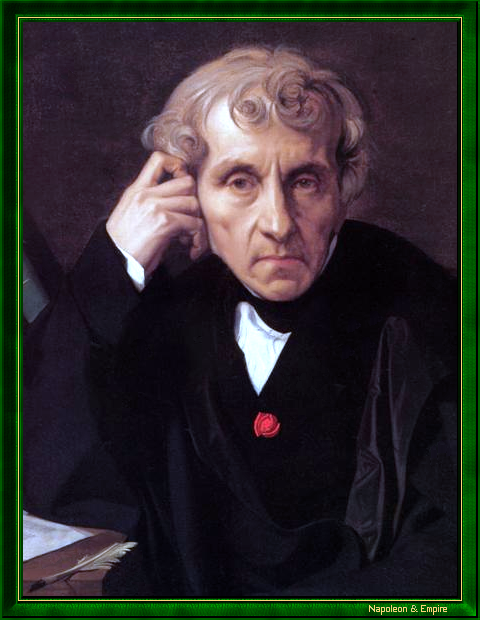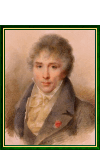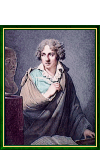Maria Luigi Carlo Zenobio Salvatore Cherubini

Luigi Cherubini was born in Florence on September 14, 1760, the son of a harpsichordist, and studied music first in Bologna, then from 1778 to 1782 in Milan (or Venice) with the then-famous composer Giuseppe Sarti.
Despite the success of his early works, he decided to move abroad. After trying his luck unsuccessfully in London, he settled in Paris in 1786. The Count of Provence, brother of the King, entrusted him with his theater, the Théâtre de Monsieur, which became the Théâtre Feydeau during the Revolution. Here, Cherubini created his lyric dramas with French libretto: Lodoïska (1791), Médée (1797). A supporter of revolutionary ideas, in 1793 he was appointed inspector of the Institut national de musique (which became the Conservatoire in 1795).
The fifteen years of the Consulate and Empire were not the most prosperous for Cherubini; Bonaparte, unsympathetic to his music and distrustful of his political feelings, kept him on the sidelines. Only exceptional circumstances persuaded Napoleon to call on his services: at the end of 1805, finding the composer in Vienna, where he had gone to visit Joseph Haydn and Ludwig Van Beethoven, the Emperor commissioned him to organize concerts at Schönbrunn.
The period also saw Cherubini alternate between successes: Les Deux journées (1800), Pimmaglionie (April 1806, in Italian), and failures: Anacréon (1803), Les Abencérages (1813). Fortunately for him, the Prince of Chimay protected him and commissioned sacred music from him: Messe en fa majeur (1809), known as the "Messe de Chimay", and Messe en ré mineur (1811).
The Restoration marked his return to favor. Cherubini, superintendent of the King's Chapel in 1816, became the great composer of religious music of the period. In 1822, he became director of the Conservatoire after teaching composition there for several years, and played an active part in founding the Société des concerts du conservatoire, of which he was first president in 1828.
In 1833, Cherubini achieved his last great success in the theater with his opera Ali Baba, and died on March 15, 1842, one month after his resignation as director of the Conservatoire, leaving behind him an abundant body of work. His memory was honored with a state funeral, during which his own Requiem in D minor, composed in 1836, was performed.
Luigi Cherubini was buried in the Père Lachaise cemetery (division 11, section VII) .
Luigi Cherubini (detail of "Un portrait en buste montrant ke compositeur couronné par les muses de la poésie lyrique") by Jean Auguste Dominique Ingres (Montauban 1780 - Paris 1867).

Hector Berlioz, despite his violent disagreements with the director of the conservatoire, says he sees him as a model in every respect
; Beethoven calls him the best composer of his time
; Robert Schumann calls him magnificent
; Hans von Bülow sees Johannes Brahms as the heir to Cherubini and Beethoven; Carl Maria Von Weber enthuses about his masterpieces
.
Philately: The French Postal Service has not yet paid tribute to Luigi Cherubini:
- In 1977, the Italian Post Office (Poste Italiane) issued a 70 lira stamp bearing his effigy;
- The Hungarian Post Office (Magyar Posta) did the same in 1985 with a 4 Forints stamp;
- In the same year, the postal services of Guinea-Bissau issued a P12 stamp in memory of the composer.
Other portraits

"Luigi Cherubini". Drawing of Jean-Baptiste Isabey (Nancy 1767 - Paris 1855).

"Salvatore Cherubini au clavecin regarde le buste de son maître Giuseppe Sarti", miniature painted in 1792 by Francis Dumont aîne (Luneville 1751 - Paris 1831).